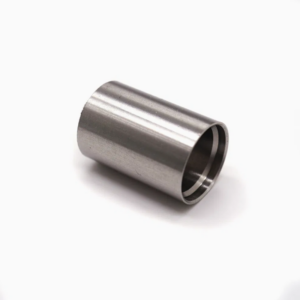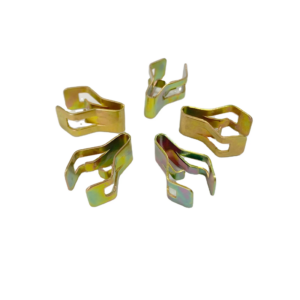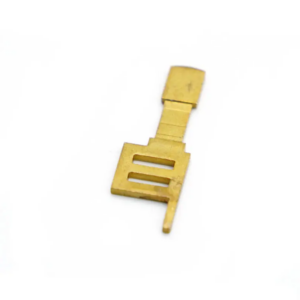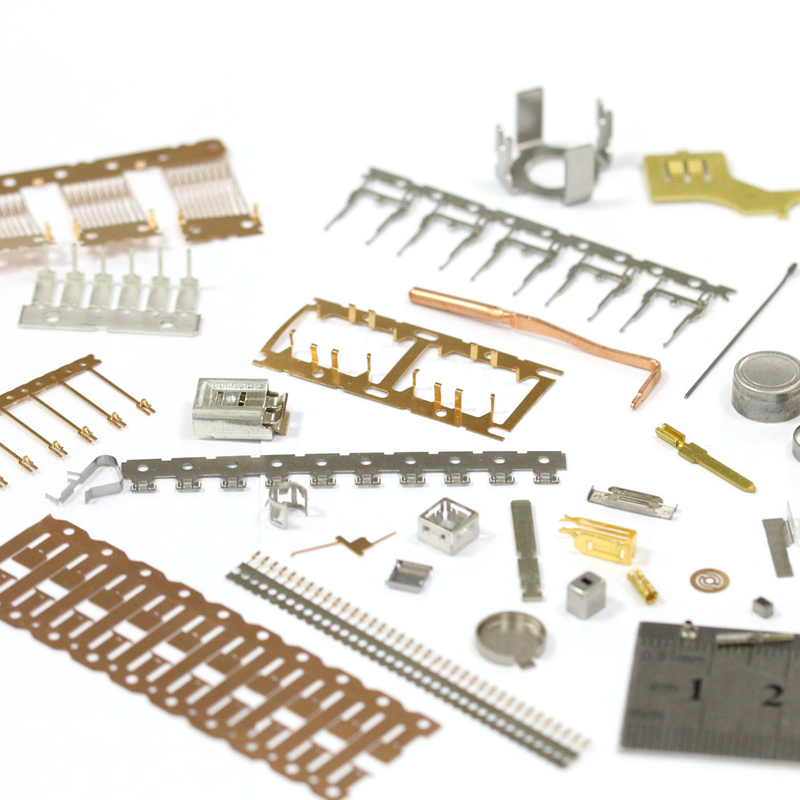Micro stamping is an advanced manufacturing process that involves the creation of highly detailed, miniature components by applying precise pressure to metal or plastic materials. It’s a method used across a range of industries, including electronics, aerospace, and medical devices, to produce parts that demand unparalleled precision, high-volume paroduction, and consistency. At Plantmetal, we specialize in providing micro stamping solutions that ensure top-tier quality for applications that require the utmost attention to detail.
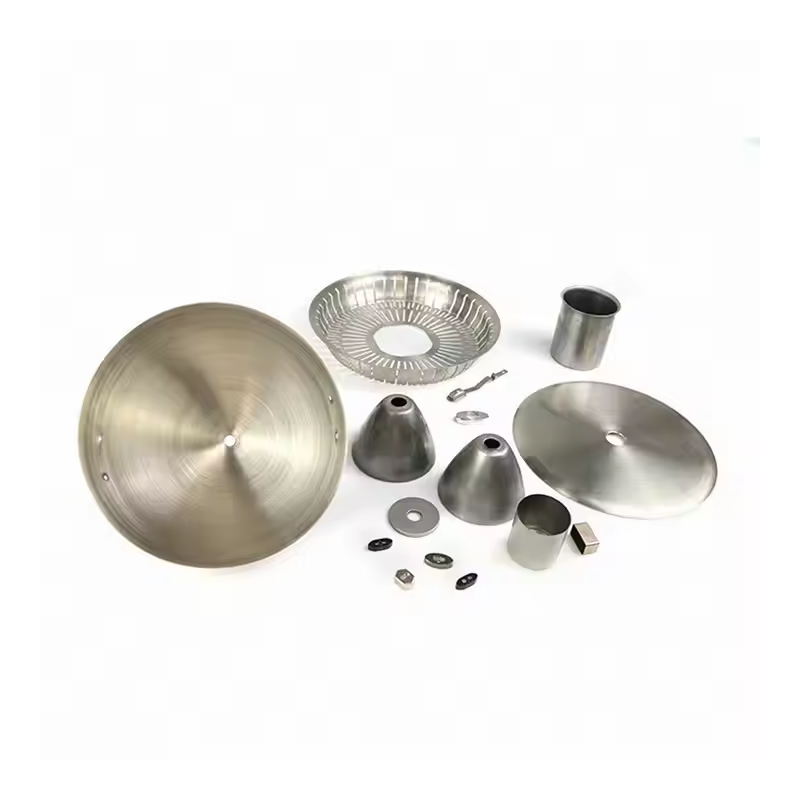
In this post, we will take a deeper dive into what micro stamping is, how the process works, the different techniques involved, and why it’s critical for industries that rely on high-performance components. Whether you’re looking to understand how this process impacts your product or are considering it for your next manufacturing project, keep reading to learn more about how micro stamping can benefit your production needs.
What is Micro Stamping?
Micro stamping is a highly specialized process used to create minute, precise shapes and patterns on metal or plastic components. The term “micro” refers to the small scale of the parts being produced, typically measured in millimeters or even microns. Parts can range from delicate electrical connectors to intricate components used in medical devices.
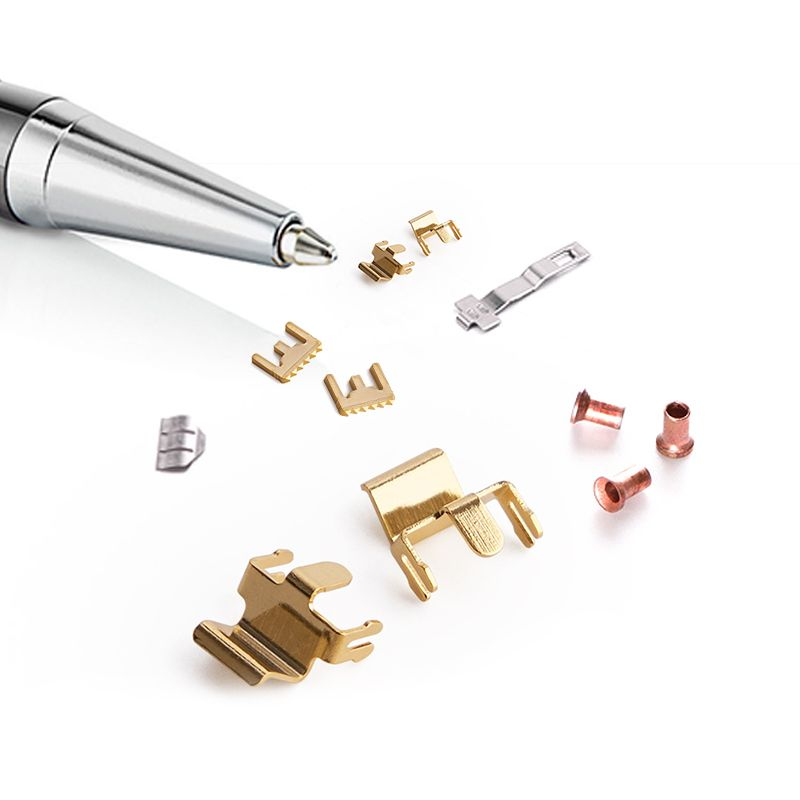
The precision achieved with micro stamping is unmatched, with tolerances that can be as tight as ±0.002 inches (0.05 mm). This makes it an ideal choice for applications requiring fine detail and consistency. The process uses a die and press system to apply immense pressure, forcing the material into the shape of the die, much like a cookie cutter would shape dough, but on a much smaller scale. The result is the production of numerous high-quality, identical parts in a very short amount of time.
At Plantmetal, we use cutting-edge micro stamping techniques to deliver components that meet the highest industry standards, ensuring quality and consistency across every part.
Advantages of Micro Stamping
Micro stamping offers a host of advantages that make it an essential process for many industries:
- High Precision: Micro stamping ensures that every part produced is virtually identical to the last, making it crucial for industries where tight tolerances are essential, such as electronics or medical devices. The level of detail that can be achieved ensures that even the smallest parts meet rigorous standards.
- Speed and Efficiency: Once the die is made, micro stamping can rapidly produce large quantities of parts, significantly reducing production time. This makes it a fantastic solution for high-volume manufacturing.
- Cost-Effectiveness: Due to its high-speed capabilities and low material waste, micro stamping is highly cost-effective. The process reduces the amount of scrap material, which helps lower production costs while promoting sustainability.
- Complex Designs: Micro stamping allows for the production of parts with intricate designs that would be difficult or cost-prohibitive to produce using traditional methods. This makes it an invaluable technique in sectors such as aerospace, medical devices, and consumer electronics.
At Plantmetal, we prioritize these benefits to provide our clients with efficient and reliable micro stamped components that meet the precise demands of their industries.
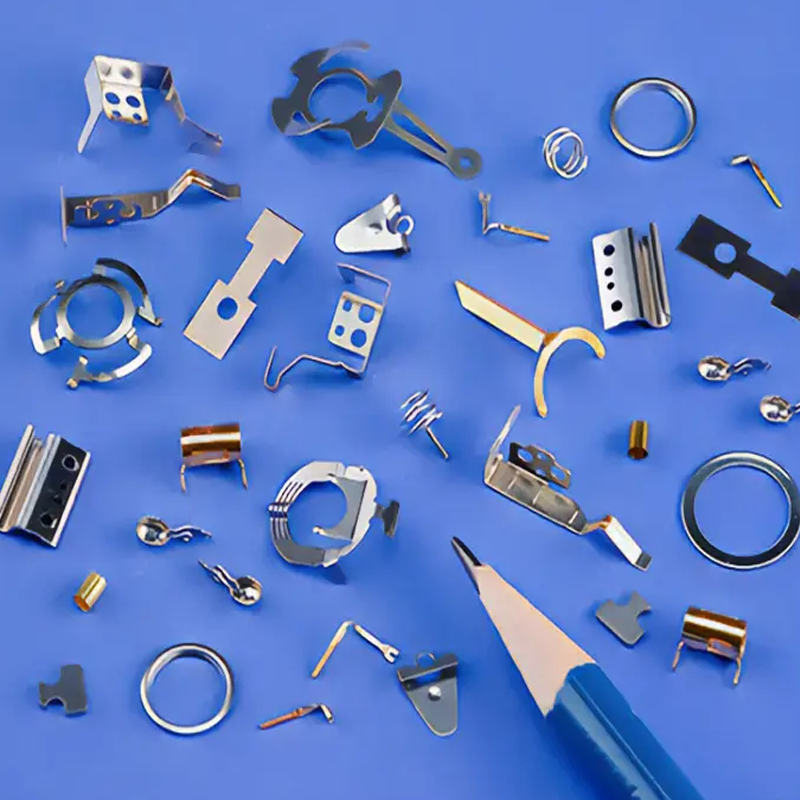
Types of Micro Stamping Techniques
There are several techniques used in micro stamping, each with unique advantages and applications:
– Deep Drawing: This technique involves drawing a flat sheet of material into a die to form a cup-like shape. It’s commonly used for creating parts with deep, hollow cavities, like the casing for a tiny device. It’s an essential method when working with metals that need to retain their strength and integrity during the shaping process.
– Bending: Bending in micro stamping involves applying pressure to a material to bend it into a specific shape or angle. This is ideal for creating parts that need to fit into tight spaces or that require a particular curve or angle for functionality.
– Forming: Forming is a versatile technique where pressure is applied to a material to shape it into a desired form. It’s often used to create parts with complex, non-linear shapes or detailed patterns.
– Découpage Progressif: This technique allows for multiple operations—such as cutting, bending, and forming—to occur in a single stroke. It’s highly efficient, especially for high-volume production, where precision and speed are critical. It’s perfect for industries requiring high-precision small parts.
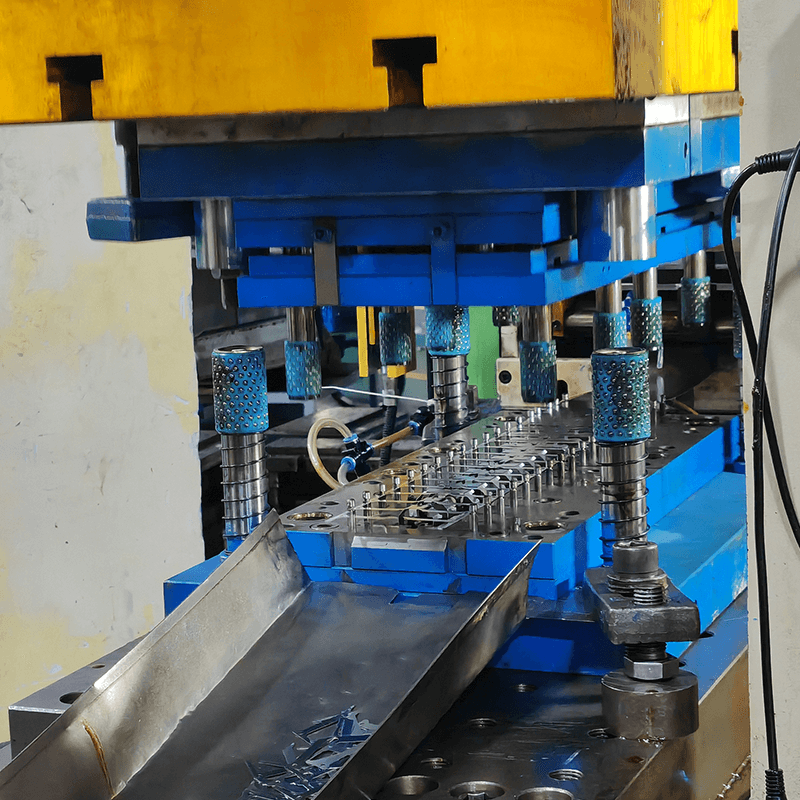
– Single Stroke Stamping: A simpler technique where each part is created with one press. While this method doesn’t allow for as much complexity as progressive die stamping, it’s still highly reliable for less intricate designs or smaller production runs.
– Compound Tool Stamping: This method combines two or more stamping operations into one stroke, speeding up production and enhancing efficiency. It’s often used for small, detailed parts that need to be produced quickly and cost-effectively.
At Plantmetal, we utilize all of these techniques to deliver optimal results for every customer’s needs, ensuring that your parts are produced with the utmost precision.
Key Applications of Micro Stamping
Micro stamping is employed in a wide range of industries, with applications in nearly every high-tech field:
– Micro Battery Contacts: Used in devices like hearing aids, smartwatches, and medical implants, these tiny connectors require extreme precision to ensure a reliable power connection.
– Jumper Chips: Small, precise chips used in electronics to temporarily bridge connections on circuit boards. Micro stamping allows for consistent, high-quality jumper chips that fit perfectly into tight spaces.
– Micro Connectors: Found in smartphones, laptops, and cameras, these tiny connectors need to be fabricated with high precision to ensure reliable performance.
– Precision Metal Stamps for Circuit Boards: Components like pins, leads, and connectors for circuit boards, made with micro stamping, ensure durability and fine detail in critical devices.

– Watch Components: Tiny gears, springs, and fasteners used in the watchmaking industry are crafted with micro stamping to ensure high precision and reliability.
– Medical Devices and Implants: Devices like pacemakers and sensors, which contain intricate components, rely on micro stamping to meet high safety and functional standards.
– Miniature Springs: Used in various sectors, miniature springs made with micro stamping are essential for devices where space is limited.
– RFID Components: Radio Frequency Identification components, crucial for tracking and access control systems, are made with high precision using micro stamping.
– Optical Components: Lenses and reflective surfaces for cameras and sensors benefit from the high-precision manufacturing provided by micro stamping.
The Accuracy of Micro Stamping
One of the standout features of micro stamping is its exceptional accuracy. With tolerances often as tight as ±0.002 inches (0.05 mm), micro stamping ensures that even the smallest and most intricate parts are produced with unmatched precision. This makes it an indispensable technique in industries where part performance and fit are critical.
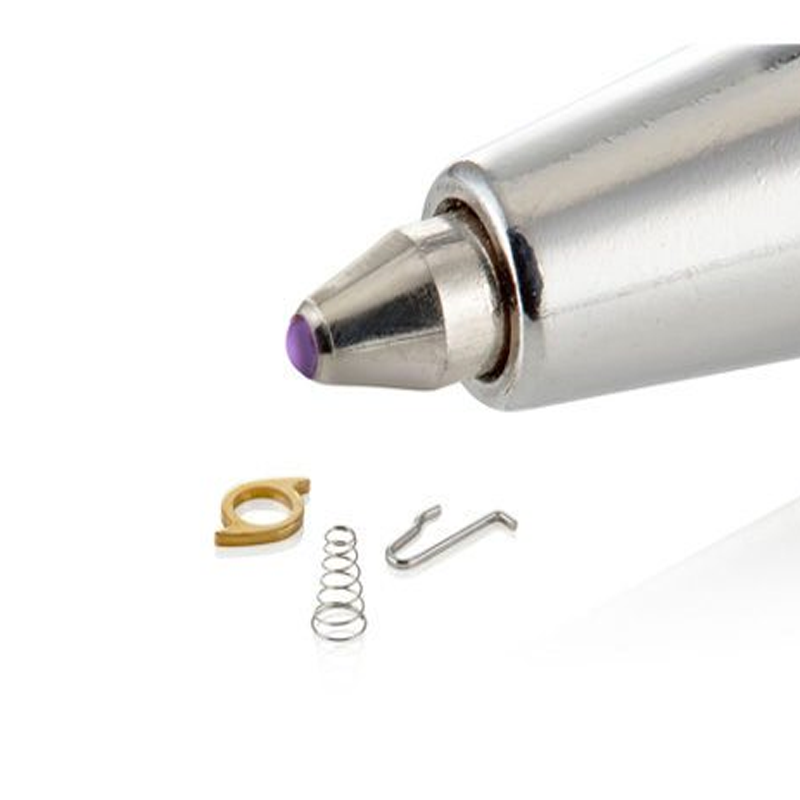
Conclusion
Micro stamping is revolutionizing the way small, intricate parts are produced across a variety of industries. Whether you’re manufacturing precision components for electronics, medical devices, or aerospace applications, micro stamping ensures high-quality results that meet the most stringent standards. At Plantmetal, we are proud to offer cutting-edge micro stamping solutions that help bring your designs to life with the highest levels of precision and efficiency.
If you’re looking for reliable, high-quality micro-stamped components, don’t hesitate to reach out to us. Contact us today to discuss your next project and see how our advanced micro stamping capabilities can help you achieve your manufacturing goals.

